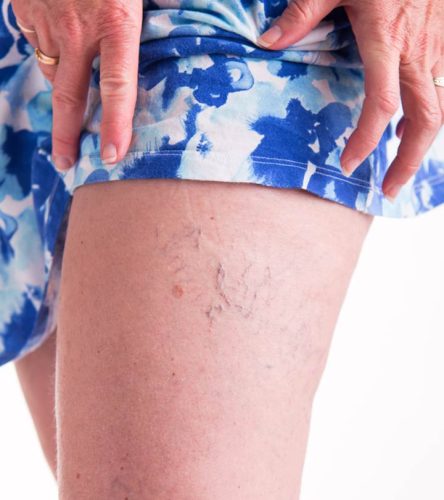
Varicose veins are enlarged blood vessels in the lower body that develop beneath your skin’s surface. Varicose veins Upper East Side develop when the walls of your veins deteriorate. As your vein’s blood pressure rises, the weaker walls allow it to expand. The valves that control blood flowing in one direction in your vein can’t operate properly when your vein expands. Slowly flowing blood backs up or pools in your vein, causing it to expand, bulge, and twist. Vein walls and valves can become weak because of numerous reasons, including:
- Hormones.
- The aging procedure.
- Excessive weight.
- Restrictive clothing.
- The pressure inside your vein from standing for a long time.
Diagnosing varicose veins
To diagnose varicose veins, your physician will most likely inspect your legs and visible veins while you are sitting or standing. Your specialist may also order an ultrasound to examine your blood flow. This noninvasive test employs high-frequency sound waves. It enables your clinician to view how blood flows through your veins.
Additionally, a venogram may be performed depending on the location to analyze your veins better. Your specialist will inject a special dye into your legs and take X-rays of the region during this exam. The dye appears on X-rays, giving your physician a clearer picture of how blood is moving. Ultrasounds and venograms can assist in checking that another illness, such as a blood clot or a blockage, is not causing your leg pain and swelling.
Are varicose veins harmful?
While varicose veins are usually uncomfortable and unattractive, they can be harmful if left untreated. Varicose veins can impair adequate blood circulation if you don’t receive the correct therapy. This can result in blood clots, leading to DVT, a potentially fatal illness. Furthermore, varicose veins can explode if left untreated.
Varicose veins during pregnancy
Pregnant women are far more likely to have varicose veins than at any other point in their lives. Pregnant women have significantly more blood, putting additional strain on the circulatory system. Furthermore, variations in hormone levels might cause a relaxation of the blood vessel walls. Both of these variables increase the likelihood of getting varicose veins.
The pressure on the veins in your pelvic area increases as the uterus, or womb, expands. Most of the time, the varicose veins disappear when the pregnancy is over. However, even if the varicose veins resolve, some may remain visible in some cases.
The outlook for those with varicose veins
Varicose veins typically worsen with time, even if you adjust your lifestyle to control them and manage your discomfort. In some situations, varicose veins can cause ulcers or sores on your legs, blood clots, and persistent inflammation. Also, your veins may rupture if you have severe conditions. If you have any of these indicators, you should consult your clinician. They may recommend a more active course of action, like surgery or other interventions.
Varicose veins aren’t harmful and don’t pose long-term health issues. Most individuals with the disorder are usually concerned with how varicose veins appear. They may also experience discomfort but don’t develop complications. Talk to your provider about which therapy is best. Call Upper East Side Cardiology to schedule your appointment today to determine which varicose veins treatments suit you.
